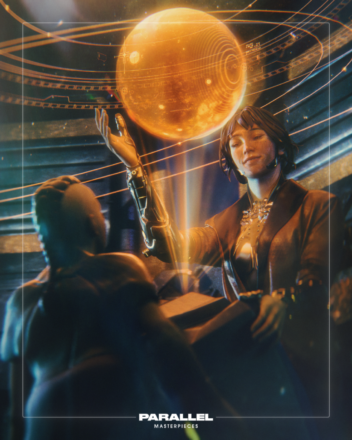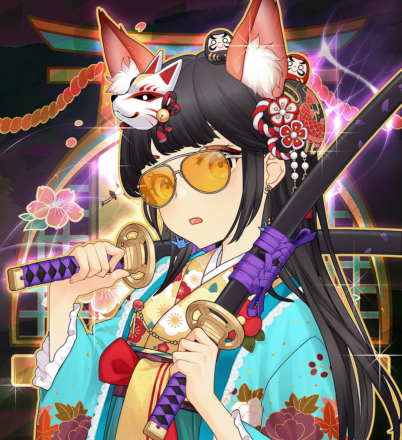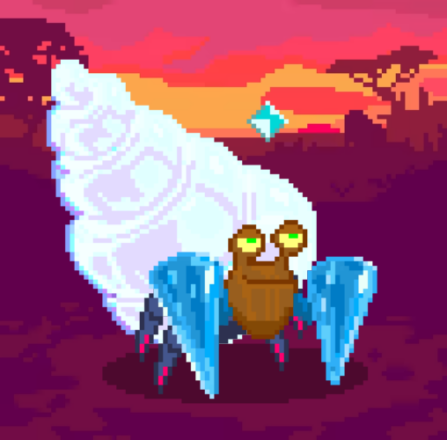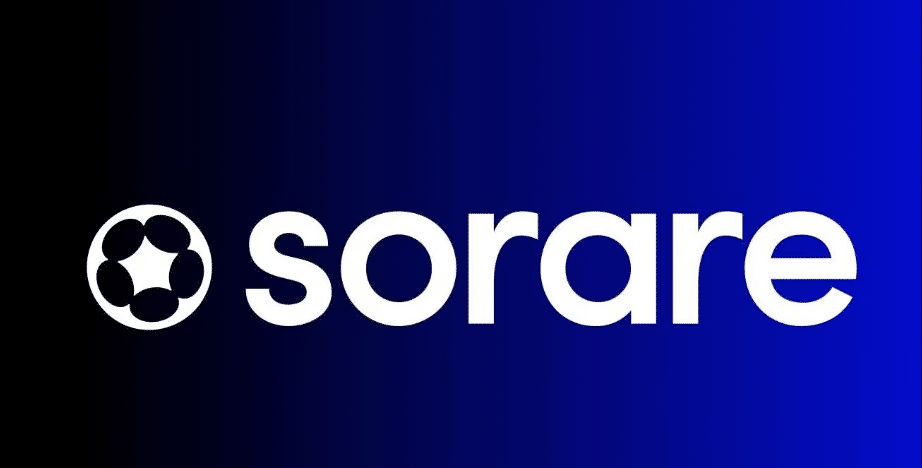Forget Play-to-Earn – Factory NFTs are the new meta for cryptogaming
Important takeaways
- Games to make money took the NFT space by storm in 2021, but a new group of crypto games is gaining popularity using a new “factory NFT” model.
- Factory NFTs allow players to mint other assets in the game, stimulating adoption without relying on inflationary tokennomics.
- Parallel, DigiDaigaku and Anomura are three examples of crypto game titles that have found early success leveraging factory NFTs.
Share this article
Crypto Briefing takes a deep look at three upcoming crypto games that use “factory NFTs” to drive adoption and lower the barrier to entry.
The current state of cryptogaming
Crypto games are at a crossroads.
Last summer, the concept of “play to earn” games rocked the crypto world, driving adoption and making millionaires out of those who jumped on the trend early. At the epicenter was Axie Infinity, a turn-based role-playing game in which players battle groups of adorable creatures called Axies to earn token rewards.
Axie Infinity exploded in popularity thanks to its tokenized incentives, which essentially allowed players to earn some form of real money through the game. For a time, players from developing countries like the Philippines could earn many times their country’s minimum wage just by playing the game. However, Axie Infinity’s moment in the limelight was short-lived. Although the game’s NFTs rose in value as productive assets, it soon became clear that the play-to-earn system was not sustainable.
The main problem with games to make money was their inflationary tokenomics. In Axie Infinity’s case, the game was able to maintain the value of the SLP reward token during the period of parabolic growth. To support all the new entrants, existing players can use SLP to breed new axes and earn a small profit doing so. But when the flow of new players stopped, the demand for Axies and SLP fell, meaning the amount players could earn from playing also fell.
Games to make money have also been held back by the reflexivity of their NFT assets. Once people realized you could make a living playing Axie Infinity, the value of Axie NFTs increased (players need three Axies for the game). In turn, this raised the barrier to entry for new players, creating a negative feedback loop that contributed to the game’s declining adoption.
Learning from the mistakes of games to make money, a new group of crypto games is pioneering a different model. This model is known in the blockchain gaming community as the “factory NFT” system owners of so-called “genesis” NFTs mass-produce other NFTs and items needed to play the game. The idea is to split a game’s NFTs into two classes: valuable productive genesis resources and inexpensive “replicas” that most players will use in-game.
Factory NFTs allow games to benefit from the things that make titles like Axie Infinity successful without any of the drawbacks. Genesis NFTs can still maintain significant value and serve as an aspirational goal for players, while the barrier to entry remains low and does not inhibit adoption. Token rewards can still be given to the average player without a factory NFT. And since the token’s price won’t be tied to the game’s growth, developers can create more sustainable token economies.
Join Crypto Briefing as we look at three upcoming Ethereum-based crypto games that have adopted the factory’s NFT system.
Parallel
Parallel is a trading card game built on the blockchain. The game involves two players facing each other with self-constructed decks revolving around different themes. The parallel universe has five factions: Earthen, Marcolian, Augencore, Kathari and Shroud. If you’ve ever played Magic: The Gathering, Parallel takes a similar approach with a Sci-Fi twist.
The game is currently being developed by Parallel Studios, a game development company created to develop the Parallel Trading Card Game. While development has been slower than other crypto game projects, the company’s output has consistently been of high quality. The game’s card art rivals a triple-A game, and the company’s game proposal shows that a lot of thought has gone into creating a sustainable game economy.

So far, Parallel has released cards in five packs to help fund development. A buzzing secondary market for these cards has developed on NFT trading platforms, with OpenSea registering over 72,000 ETH in trading volume. Early holders have also been given the opportunity to start earning the game’s PRIME ecosystem token by assembling entire sets of cards and locking them in special vaults.
All parallel cards currently in circulation are part of a first edition, which, pending a vote from the game’s Echelon Prime Foundation (a DAO-like group), will be used to create more cards through a Lineage system. By winning games with NFT cards, players gain experience and can increase their cards to give them permanent value. After enough experience is earned, players will also be able to use PRIME tokens to create new copies of that card to meet new player demand.
Unlike previous crypto games like Axie Infinity, where there is an unlimited supply of the game’s SLP reward token, PRIME has a fixed supply of 111,111,111. PRIME consumed to craft new cards or in other initiatives is redistributed to those actively playing the game. Distribution will be based on skill, with a competitive ladder determining a player’s rank and how many PRIME tokens they will receive for each game they win. By maintaining a steady supply of PRIME, Parallel hopes to create a circular token economy that will not result in diminishing returns for players.
A beta launch of the Parallel Trading Card Game is set to go live by the end of the year.
DigiDaigaku
Next on the list is a crypto game project that seemingly appeared out of nowhere – DigiDaigaku.
On the surface, DigiDaigaku NFTs look like nothing more than anime-themed profile pictures that borrow from a template used by countless other NFT avatar projects. However, upon closer inspection, these unassuming characters may be the first chapter in a new gaming paradigm that the creator calls “free to own.”
Little is known about DigiDaigaku so far, other than its aim to be a massively multiplayer online game. But that didn’t stop the project’s 2022 genesis NFT’s briefing from hitting a 17 ETH floor within weeks of the collection’s free coin going live.

The main reason for the mania is the game’s creator, Limit Break, and its CEO Gabriel Leydon. Before launching DigiDaigaku, Leydon co-founded one of the world’s most successful mobile game companies, Machine Zone, which excelled in free game development before it was sold to AppLovin for $600 million. Leydon says his goal now is to kill free-to-play and pay-to-win games and replace them with free-to-own games. And it’s not just NFT experts who think he can do it. Just prior to the release of the Digidaigaku NFTs, Limit Break secured $200 million in funding from several leading venture capital firms, including Paradigm, Positive Sum, and FTX Ventures.
So far, those who own one of the limited NFTs have received airdropped “DigiDaigaku Spirits,” companion NFTs that can be used on their own or in combination with a genesis NFT in the upcoming game. Leydon’s “free-to-own” model envisions DigiDaigaku genesis NFTs as “factory assets”, meaning they will be used to generate even more NFTs in the future. Instead of selling tokens to players before the game launches, all DigiDaigaku NFTs have been given away for free. While subsequent NFTs will help expand the game’s reach, genesis NFTs should retain their value as they are the only ones that can generate the new NFTs and items needed to play the game when it launches.
While concrete details of how the DigiDaigaku game and token economy will work have yet to be released, the pedigree of the developers has captured the attention of both the crypto and NFT gaming communities.
Anomura
The last NFT game we want to highlight is Anomura. According to the game’s website, Anomura is set to be a fast-paced NFT strategy game inspired by “old classics”. Given that the project has collaborated with gaming giant Atari, this could mean that the Anomura gameplay will draw inspiration from older arcade games such as Pong, Asteroids and Adventure.
The game is developed by Virtually Human Studio, the company behind the NFT-based horse racing game ZED RUN. To add to VHS’s credentials, the company raised $20 million in a July 2021 funding round led by venture capital firm The Chernin Group, with participation from Andreessen Horowitz.
Like Parallel and DigiDaigaku, Anomura has successfully launched a set of genesis NFTs and is currently working towards a beta launch. Those who got on the Anomura coin list could purchase an Anomura Mystery Bowl from which they could summon an Anomura NFT. Each Anomura NFT takes the form of a cute pixel art crustacean with different attributes. For example, each randomly generated anatomical part will have a chance to be normal, magical, rare, or legendary in rarity.

However, the Mystery Bowls used to summon Anomura NFTs aren’t just there to enhance the minting experience. A look at the properties of these NFTs shows that each of them has a constantly recalculated property called “starfish”. This trait seems to increase over time, but is frozen for buns that are sold too often. This could mean bowls will produce STARFISH tokens in the future, part of the game’s economy confirmed by the developers.
In addition, the smart contract code behind the bowls reveals that the “hatchAnomura” feature can be attached to different contracts and reused to stamp other items. This also suggests that bowls will have additional functionality in the future and can be used to create more tokens and NFTs in the game. While these features have yet to be confirmed, several comments from the game’s developers on Twitter and in the Anomura Discord suggest that Mystery Bowls may function as factory NFTs.
As for the game itself, the Anomura roadmap shows that a free-to-play demo will be ready by the end of 2022. After that, a full browser and mobile version of the game is planned to launch sometime in 2023.
Disclosure: At the time of writing this piece, the author owned some parallel cards NFTs, ETH and several other cryptocurrencies.


